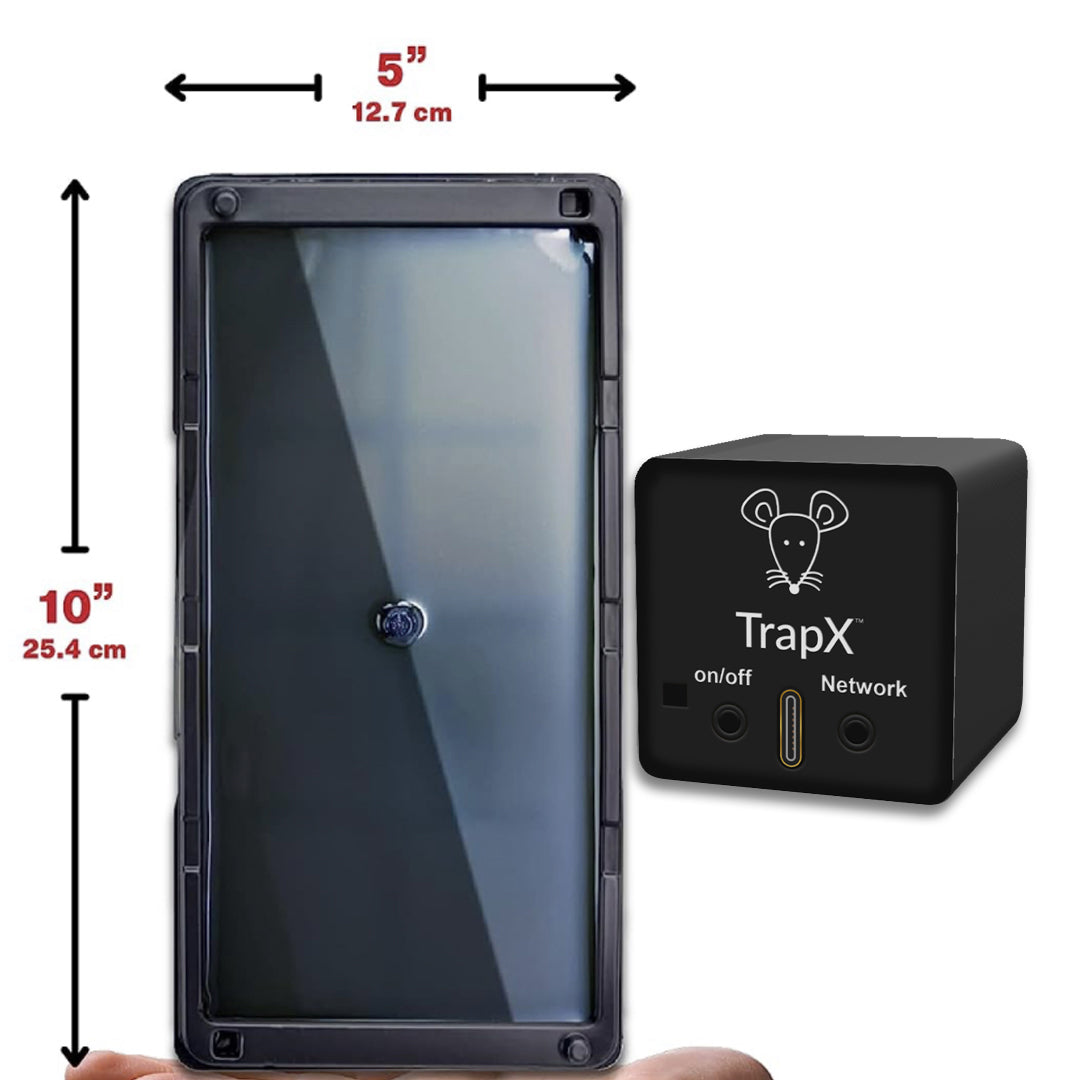The Thrilling World of Mouse Trap Race Cars: An In-Depth Exploration
Share
Are you ready to embark on a heart-pounding, adrenaline-spiked adventure? Your search ends here! The riveting realm of mouse trap race cars awaits you. These small-scale vehicles, driven by the uncomplicated mechanism of a mouse trap, have intrigued both racing aficionados and engineering fanatics. This comprehensive guide will escort you on a voyage through the captivating history of mouse trap race cars, demystify the science that powers their propulsion, and provide an in-depth, step-by-step guide on how to create your very own mouse trap race car. So, fasten your seatbelts and prepare to plunge into the electrifying world of mouse trap racing!

Tracing the History of Mouse Trap Race Cars
The brilliant concept of utilizing a mouse trap as a propulsion system for a mini race car has its genesis in the early 20th century. It's speculated to have originated from the widespread pastime of crafting and racing miniature cars, which swept across the United States in the 1920s and 1930s.
However, it wasn't until the 1950s that mouse trap race cars truly made their mark. The inaugural official mouse trap race car competition took place in 1954 at the University of Illinois. From that point onwards, the sport has seen exponential growth, becoming a staple at science fairs, engineering contests, and even professional racing events.

The Intriguing Science Behind Mouse Trap Propulsion
At first glance, powering a race car with a mouse trap might appear to be a rudimentary concept. But, the science that underlies it is intricate and mesmerizing. The secret to the propulsion system lies in the snapping action of the mouse trap.
When the mouse trap is set, it stores potential energy in the spring. As the trap is triggered, this potential energy metamorphoses into kinetic energy, causing the trap to snap shut with considerable force. This force is then transferred to the race car, propelling it forward at high velocities.
The design of the race car also plays a crucial role in its performance. Factors such as weight distribution, aerodynamics, and wheel alignment can significantly influence the speed and stability of the car. Engineers and hobbyists continuously tinker with various designs and materials to augment the performance of their mouse trap race cars.

Creating Your Very Own Mouse Trap Race Car
Now that you've delved into the science behind mouse trap propulsion, it's time to get your hands dirty and construct your own mouse trap race car. Here's an exhaustive step-by-step guide to help you:
- Collect your materials: You will need a mouse trap, a small wooden or plastic chassis, wheels, axles, and any additional embellishments or modifications you desire.
- Prepare the chassis: Drill holes in the chassis to attach the axles and wheels. Ensure that the chassis is robust and balanced.
- Attach the wheels and axles: Insert the axles through the holes in the chassis and secure them with nuts or glue. Attach the wheels to the axles, making sure they rotate freely.
- Attach the mouse trap: Position the mouse trap on the chassis in a way that allows the snapping action to propel the car forward. Fasten the trap with screws or adhesive.
- Test and modify: Give your mouse trap race car a test run and make any necessary adjustments to enhance its performance. Experiment with different wheel sizes, weight distributions, and trap tensions to find the optimal setup.
- Race and compete: Once you are satisfied with your mouse trap race car, it's time to hit the track and compete against other enthusiasts. Participate in local races, science fairs, or engineering competitions to showcase your skills and see how your car stacks up against the competition.
Remember, building a mouse trap race car is not only a thrilling and engaging project, but also a fantastic way to learn about engineering, physics, and problem-solving. So gather your materials, unleash your creativity, and join the exhilarating world of mouse trap racing!
Conclusion
Mouse trap race cars offer a unique and thrilling experience for racing and engineering enthusiasts. From their fascinating history to the science behind their propulsion, these miniature vehicles have captured the imaginations of people of all ages. Whether you're a seasoned racer or a curious beginner, building and racing a mouse trap race car is a fun and educational endeavor. So why wait? Dive into the world of mouse trap racing and unleash your inner engineer!
Jan10.chat.1pass.general public.mouse trap race carAs an Amazon Associate, I earn from qualifying purchases.
